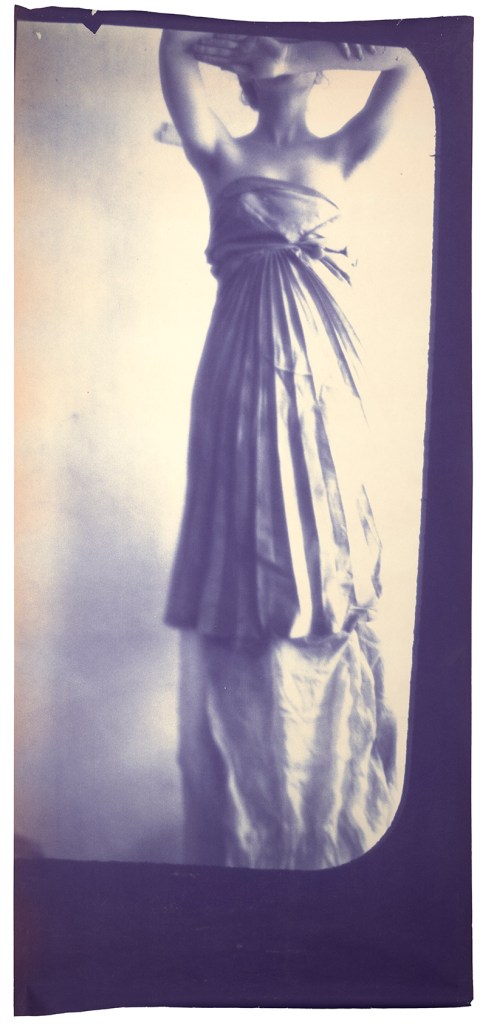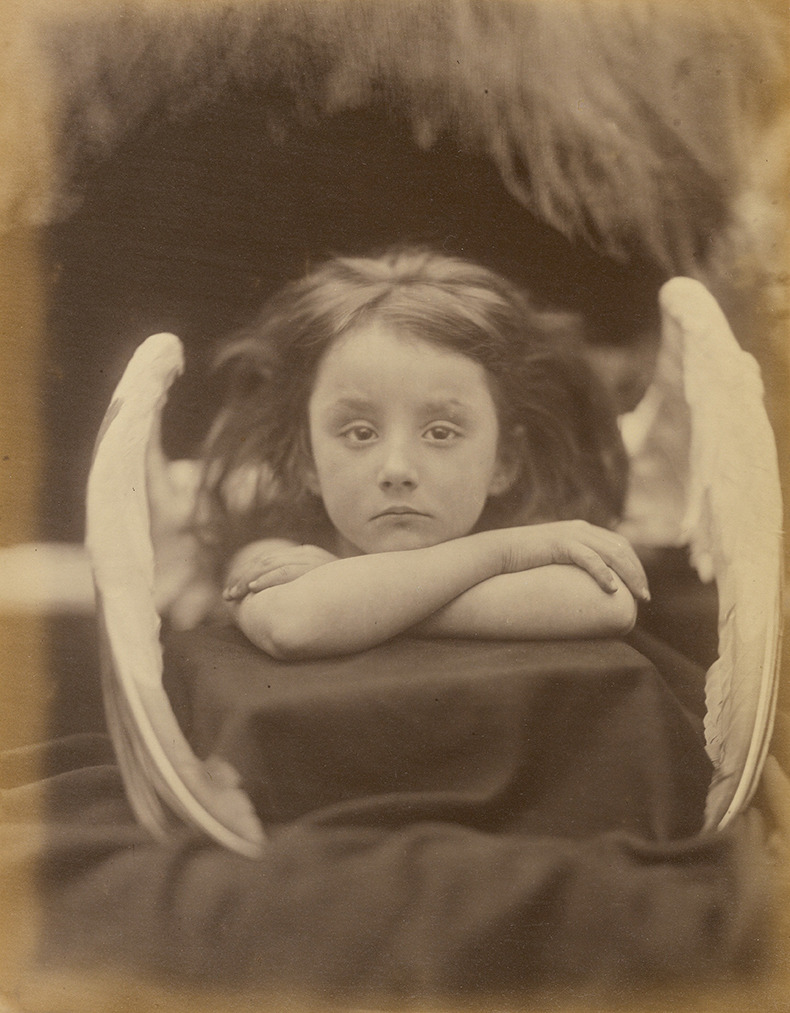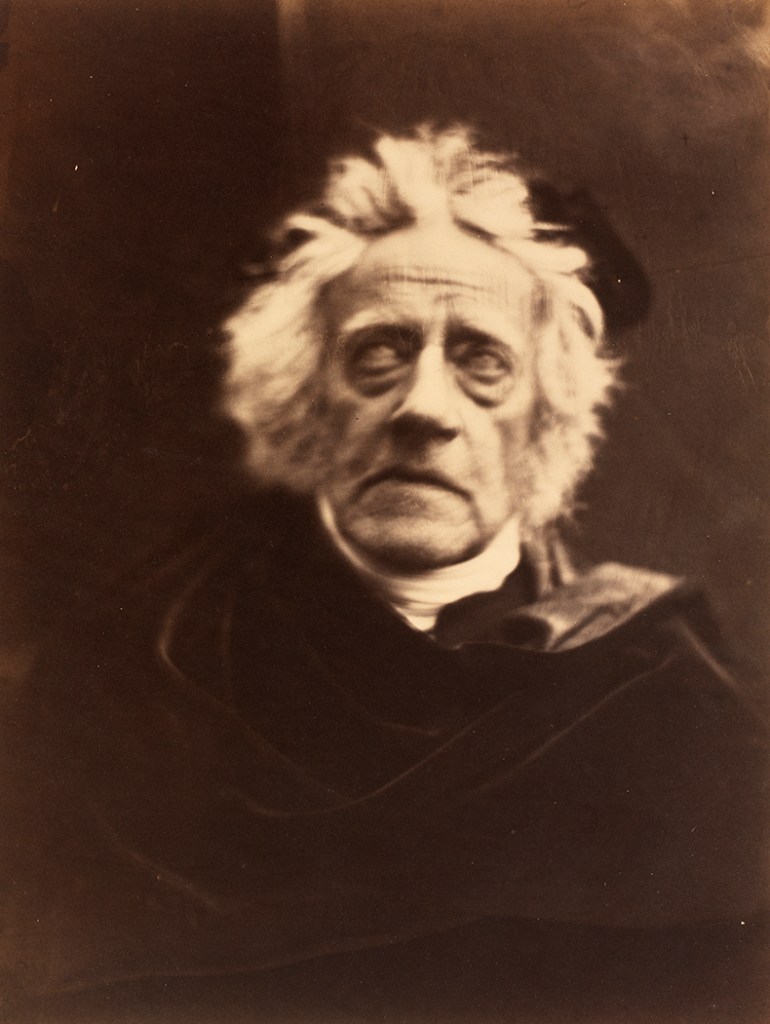A cynic might wonder about putting Julia Margaret Cameron and Francesca Woodman in an exhibition together. The National Portrait Gallery, having stated its intention to show more work by women, achieves a two-in-one with ‘Francesca Woodman and Julia Margaret Cameron: Portraits to Dream In’. The best pairings offer opportunities to see familiar art in new ways but, given that Woodman never directly referred to her predecessor, who was working a century earlier, the reasons for bringing these two together are not always apparent. They were, as the elegant catalogue points out, both able to conjure ‘dreamlike atmospheres’ in their pictures, but the same could be said of many photographers. Though curator Magdalene Keaney connects Woodman and Cameron through their short working lives, limited early acclaim and posthumous recognition (Woodman’s reputation was carefully stewarded after her death by her well connected artist parents), the differences are just as notable. Cameron started late and was self-taught; Woodman began precociously early (the exhibition opens with a self-portrait taken when she was only 13) and went to art school. While Woodman is known for her self-portraits, Cameron excelled at portraying others.
Untitled (1980), from the series Caryatids, Francesca Woodman. Courtesy Woodman Family Foundation; © Woodman Family Foundation/DACS, London

Placing a Victorian – pioneering as Cameron was – beside a young photographer working mostly in the 1970s inevitably makes the elder’s images look sometimes staid and constrained. Neither is Woodman particularly well-served by a section on mythology, where Cameron has the advantage by virtue of naming her prints, which Woodman rarely did – leaving Woodman apparently answering to subjects set by Cameron (Elaine of Astolat, the Cumaean Sibyl) with largely unrelated images.
The dynamic is reversed with Woodman’s Caryatids series, however. Her monumental diazotype prints of headless women, inspired by the sculptures of figures that support buildings in classical architecture, dominate a room cast in the pinkish ombre of approaching twilight. At over two metres tall, they represent a major departure in terms of scale and are far more arresting than the draped figures in Cameron’s Teachings from the Elgin Marbles (1867) who are assembled in their wake.
I Wait (Rachel Gurney) (1872), Julia Margaret Cameron. J. Paul Getty Museum, Los Angeles

Bringing together both artists’ depictions of angels turns Woodman’s images rebellious. Cameron has babies posed as cherubs, Woodman conveys otherworldliness through shape and light. Her writhing figures suggest the torment of the fallen – an unsettling picture of a young woman hanging by her fingertips from a doorframe (Untitled, c. 1977–78) recalls the Crucifixion. Woodman’s Angel photographs are a reminder of how dynamic her work could be, too – something otherwise a little lost here, despite the ghostly figure preparing to take a tumble in Space2 (1976). It is wonderful to see so many of Woodman’s prints from across her career – many of them exhibited in the UK for the first time – on display in one place. In an untitled print made in her teens (c. 1975–76) Woodman holds out her hands as if commanding a puppet and looks towards the camera as one might at a mirror, judging her effect, trying out shapes and poses.
Untitled (1977), from the series Angels, Francesca Woodman. Courtesy Woodman Family Foundation; © Woodman Family Foundation/DACS, London

Neither artist was troubled by darkroom imperfections, and their images blur and fade in enthralling ways: come to see two different types of ethereal, a century apart. In an untitled image from 1979, two girls whose faces are hidden by their long, crimped hair blend with the textures of the long grasses behind them and the leafy patterns of their dresses, all of it soft-to-blurring in a 1970s haze. The subjects in Cameron’s group portraits May Day (1866) and The Rosebud Garden of Girls (1868), with their floral headwear and Flower Power vibes, could be their contemporaries. Yet Woodman’s 1979 print is insightfully placed beside Cameron’s double portraits The Sisters (1873) and The Salutation (1864) instead. What are Woodman’s concealed women hiding? Cameron’s duos, too, each seem involved in some private communion to which we have no access.
The Rosebud Garden of Girls (1868), Julia Margaret Cameron. J. Paul Getty Museum, Los Angeles

A good number of Cameron’s greatest hits appear: poor Alice Liddell looking unutterably bored as the Roman goddess Pomona (at 20, Liddell had been photographed ad nauseam by this point in her life) and several portraits of the famously beautiful Julia Jackson. The exhibition closes by drawing attention to both artists’ portraits of men. Cameron is known for her eminent and strong-featured male sitters, whereas Woodman’s models are more anonymous, often reduced to their narrow chests. While Cameron was unafraid to depict her subjects as bedraggled and wild-eyed – John Frederick William Herschel in The Astronomer (1867) looks haunted to the point of being unhinged – they have a kind of romantic awesomeness. Woodman, on the other hand, foregrounds fragility, balancing an egg in a young man’s armpit. It’s hard to imagine Cameron taking such liberties with Alfred, Lord Tennyson.
The Astronomer (Sir John Frederick William Herschel) (1867), Julia Margaret Cameron. Courtesy the RISD Museum, Providence, Rhode Island

‘Francesca Woodman and Julia Margaret Cameron: Portraits to Dream In’ is at the National Portrait Gallery, London, until 16 June.



